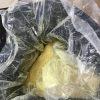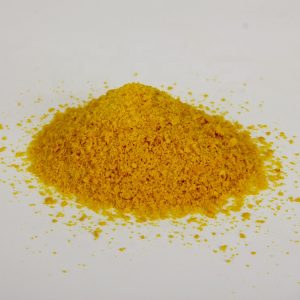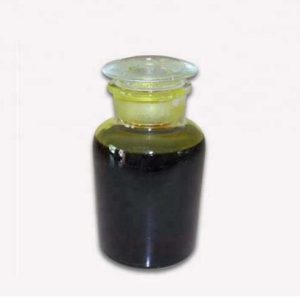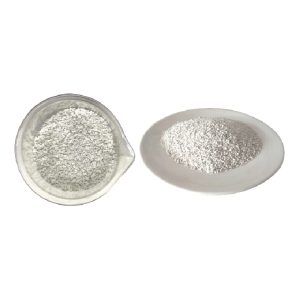Description
Okay, here’s an article focusing on Polyaluminium Chloride 28%, suitable for a general audience with a slight technical leaning:
Polyaluminium Chloride (PAC) 28%: A Powerful Workhorse in Water Treatment
In the quest for clean and safe water, various chemical compounds play crucial roles behind the scenes. One such compound, often unsung but incredibly vital, is Polyaluminium Chloride (PAC), particularly in its 28% concentration form. This article delves into what PAC 28% is, how it works, and why it’s a preferred choice in water treatment applications.
What is Polyaluminium Chloride 28%?
Polyaluminium Chloride (PAC) is a family of chemical compounds, essentially a complex of aluminum hydroxide polymers. PAC 28% refers to a specific concentration where 28% of the solution is the active PAC compound, with the remaining portion primarily being water. It typically appears as a clear to slightly yellow liquid. While other concentrations exist, PAC 28% is a common and widely used formulation due to its balance of effectiveness and ease of handling.
How Does PAC 28% Work?
The primary function of PAC 28% lies in its ability to act as a coagulant and flocculant in water treatment. Here’s a simplified breakdown of the process:
Coagulation: Raw water often contains finely dispersed particles like clay, silt, bacteria, and organic matter. These particles are usually negatively charged, causing them to repel each other and remain suspended in the water. When PAC 28% is added, the positively charged aluminum ions neutralize these negative charges. This neutralization reduces the repulsive forces, allowing the particles to clump together.
Flocculation: The neutralized particles, now in a destabilized state, begin to collide and aggregate, forming larger, more readily settleable clumps called “flocs.” These flocs are much easier to remove from the water.
Sedimentation and Filtration: Once the flocs are formed, they are either allowed to settle at the bottom of a tank (sedimentation) or removed by filtration. This process effectively removes impurities and clarifies the water.
Why is PAC 28% Preferred?
PAC 28% offers several advantages over other water treatment chemicals:
High Efficiency: It is highly effective at removing a wide range of contaminants, including turbidity (cloudiness), color, and organic matter.
Wide pH Range: Unlike some other coagulants, PAC 28% works efficiently over a relatively broad pH range, making it versatile for various water sources.
Reduced Dosage: Often, a lower dosage of PAC is needed compared to traditional coagulants like aluminum sulfate (alum), leading to cost savings and reduced sludge production.
Lower Acidity Impact: PAC generally has less of an impact on the pH of the treated water compared to alum, minimizing the need for subsequent pH adjustments.
Reduced Residual Aluminum: PAC often results in lower levels of residual aluminum in the treated water, which is a beneficial health consideration.
Easy Handling: In its liquid form, PAC 28% is easy to handle, store, and dose accurately into the water treatment process.
Applications of PAC 28%
PAC 28% has found extensive application across various sectors:
Drinking Water Treatment: A key component in municipal water treatment plants to ensure safe and potable water for consumption.
Wastewater Treatment: Used to remove pollutants and suspended solids from industrial and municipal wastewater, contributing to responsible water management and environmental protection.
Industrial Processes: Employed in various industrial processes for water purification, including paper production, textile processing, and the food and beverage industry.
Swimming Pool Water Treatment: Can help clarify water and remove contaminants, ensuring a safe and enjoyable swimming experience.
Conclusion
Polyaluminium Chloride 28% is a powerful and versatile chemical that plays a crucial role in ensuring clean and safe water in a variety of applications. Its effectiveness, efficiency, and ease of use have made it a preferred choice for water treatment professionals worldwide. Understanding the function of this seemingly simple compound highlights the complex science behind the everyday resource we often take for granted – clean water. As we strive for sustainable water management, materials like PAC 28% will continue to be indispensable contributors to a healthier future.
Disclaimer: This article provides general information. Always consult with a qualified professional for specific applications and safety guidelines related to Polyaluminium Chloride 28%.








Reviews
There are no reviews yet.